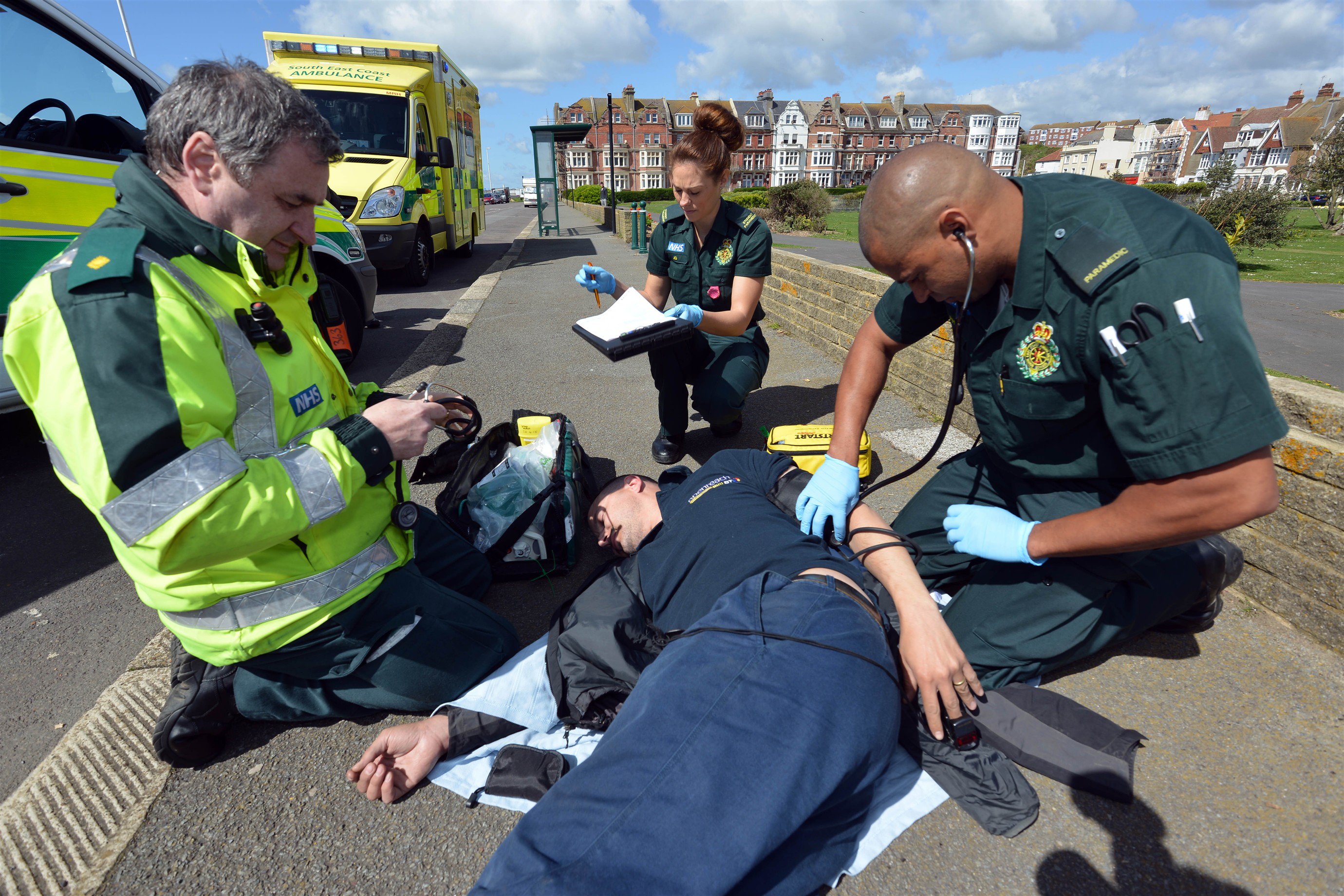The Clinical Education Department at South East Coast Ambulance Service NHS Foundation Trust (SECAmb) currently works with Health Education England and five Higher Education Institutes (HEIs) in provision of student paramedic degree programmes across a geographical area of 3600 square miles.
A focus on developing long- term relationships has deepened mutual trust and understanding between the organisations with a clear focus on improving patient care. As part of this, SECAmb draws together an informal quarterly meeting involving SECAmb’s Placement Education team, key staff from the Education Commissioners and each of the five universities. With the universities spread across the region each HEI takes turns to host these joint meetings. Each organisation has unique perspectives, challenges and expertise, providing excellent insights to review our progress against local and national developments and targets.
The broad aim is to use a ‘3Cs approach’ – collaboration, consistency and consideration. Collaboration has been crucial, helping us to work together efficiently, learn from each other and to use each other’s strengths. With such a diverse range of individuals and organisations represented, it would be easy to pay lip service to the idea of collaboration.
However, a shared purpose and taking time to discuss issues in detail seems to have helped develop deeper mutual trust, honesty and understanding in a safe and boundaried environment. This has resulted in more sharing of good practice, joint problem solving and support for each other’s priorities, challenges and opportunities. Consistency has been important to ensure that, where possible, there is parity of opportunity for applicants to the programmes and for students (e.g. widening participation, placement types, support from SECAmb). A consistent approach has been equally important in ensuring that each university feels equally supported by the Trust.
Discussions about emerging themes from practice and national developments that can be incorporated into the education programmes also promote consistency. Similarly, for SECAmb, there are benefits in assurance that students are well prepared for employment either locally or further afield. Consideration of the wider impact of decisions made in one area has also been helpful in ensuring that we don’t inadvertently take actions that negatively impact on other partners.
The benefits of the informal joint meetings and the 3Cs approach are hard to evidence quantifiably.
However, perceived benefits include:
• collaborative and contemporaneous programmes development
• a supportive environment, outside of formalised structures, where educators can share both good practice and concerns while also future scanning
• improved student experiences
• good paramedic recruitment rates from local education provider partners
We hope that this close working between all parties will be a strength for future developments as we support and develop future paramedics to serve the needs of our communities.

